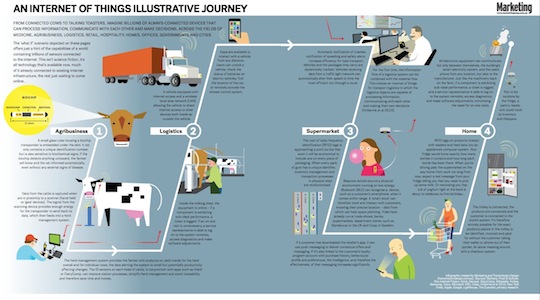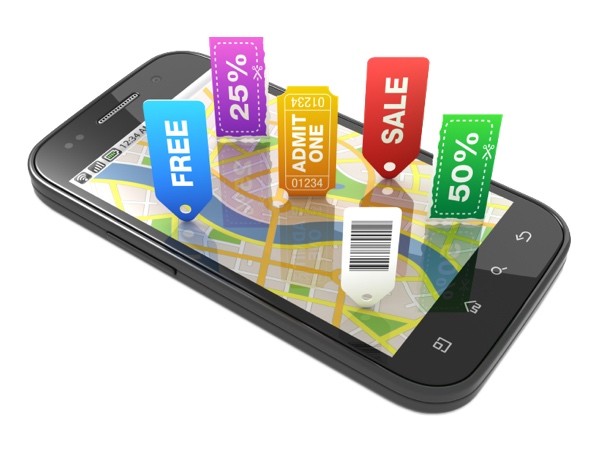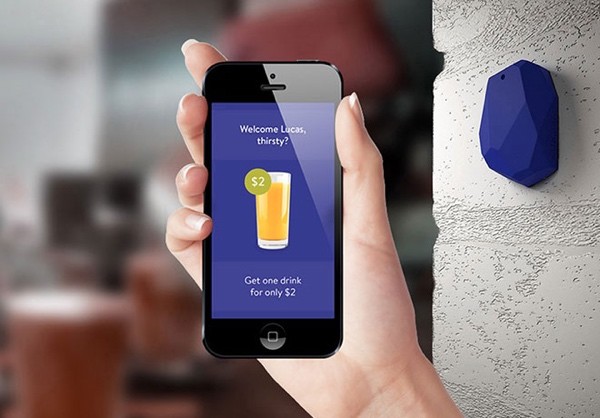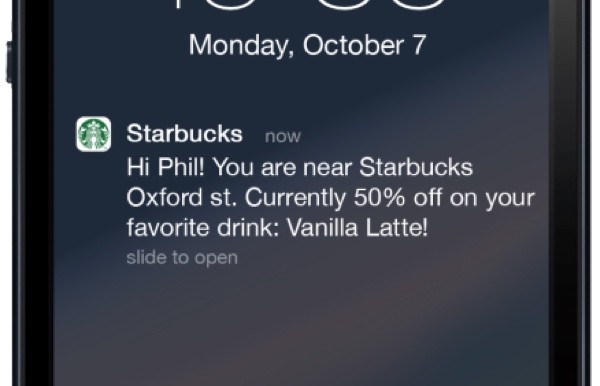mobilepaymentstoday.com

Baby it's (freakin') cold outside, but mobile is hot (or to quote a band I love called The Cure, ‘hot, hot, hot’). In this next installment of ‘Rantings with Ranta’, Dan Ring from ACI Worldwide asks Mark Ranta to look at many things in mobile—from banking to payments to wallets to the growing ‘unbanked’.
Mark, do you know that if you line up 2 billion smartphones side by side, it's close to 95,000 miles. Hold on, I just Googled ‘circumference of earth at equator’: it's about 24,902 miles...so if you line up the 2 billion smartphones, that'll be more than a couple of times around the Earth...and thus concludes our geography and distance lessons. And why 2 billion? Bill Gates predicts that by 2030, 2 billion people who don't have a bank account will be storing money and making payments with their phones.
Two billion is an impressive figure, but quite frankly, not a surprising one. The (developing) regions that we're taking about don't have to rely on dated infrastructure. They're able to fully take advantage of the technological advances we've seen in the last twenty years (dating back to cell phones). And unlike the established banking economies in the developed world, these regions are not required to maintain legacy systems, which hinders progress.
And the developing regions are typically referred to as the unbanked?
The unbanked reminds me of the famed Proclaimers song, but with a twist: I would walk 500 miles and I would walk 500 more…but I wouldn't be the man who walked 1,000 miles to fall down at the bank's door. Mobile and banking are becoming synonymous in the developing world. In these regions, no one has to walk any miles (or even meters) to have access to financial products. They are the 'unbanked,' or better put, the traditionally 'unreachable' due to a lack of infrastructure. And this is why mobile has become or is becoming in some cases so prevalent in these regions.
How are the traditionally unbanked different from the banked when it comes to mobile?
Instead of regionalizing the discussion, let's break mobile up into three areas: mobile banking (think banking apps), mobile payments (money movement or point of sale) and then we can talk about the wallet. Work for you?
Sure, but can I ask why break it up?
Well for starters, I think it's easier to understand mobile if you start looking at the core areas where mobile comes into play. By breaking it up, you can start to hone in on certain areas, but also start looking at a holistic strategy; otherwise it is like standing at the beginning of that 500 mile one-way journey wondering how you are going to get there.
Sounds like a plan, Ranta-man. So where do you start with mobile banking? It's been an area of pretty rapid growth the past few years from what I have seen, heard and read.
When I talk about mobile banking, it's easiest to start with where we are today and the current state of the market, and just as you note, its rapid rise to fame. Mobile banking is the logical (sometimes enhanced) extension of many banks’ online product. If you think about it, up until about the mid 2000s, we were pretty limited with what could be done from a smartphone. The bandwidth of a mobile web browser was rather frustrating, so the idea of going to a bank website was a rather onerous task; that is until Mr. Jobs introduced us to the wonder of apps and kicked opened the door to where we find ourselves today.
As you noted, folks of all sizes and shapes (and ages) have been gravitating to the mobile device to do a whole series of transactions, but the primary purpose is to simply look at balances or track status or check out particular payment or recent activity. Up until fairly recently, that was really all you could do, and we are just starting to see the sprouts of the next level of functionality, but that growth and demand for functionality will not match the initial rapid demand to just “get mobile.” It will be more evolutionary for the next gen, but to set the record straight, it will be quick, just not rapid if that makes sense.
Does the Personal Financial Management discussion fit in here?
I do tend to put PFM in this box since it is, to some extent, tracking the status of payments you have made, but to be honest, I think PFM is a much larger discussion. Let's just say that I believe PFM is a driving force in mobile, and one topic that we should discuss in more detail soon.
Duly noted…so I think that brings us to mobile payments. I guess a good place to start is with a definition; how do you define mobile payments?
It's funny, I have changed my stance on this multiple times in the past few years, because I tried to make the net as wide as possible to help the mobile awareness campaign I was running in my head. If you asked me two or three years ago, I would have said that a mobile payment is any payment that is initiated via a phone. So that would have included a purchase on iTunes, an in-app Amazon purchase, any mobile web browser online purchase, and the more obvious group of QR-based POS or SoftCard NFC-based payments, or any of the mobile money movement platforms.
Today, I think I would drop the in-app or in-web browser pieces and limit the definition to 'just at the POS', or to where the mobile device takes the place of the physical cash or card while I’m standing in front of a register or sending money to a friend or family. That’s how I see it today, but again it’s a moving target for me.
Do you think the cashless, coinless, cardless society is now closer?
Closer is a relative term. Do I think mobile payments are here to stay and on their way to becoming mainstream? 100% yes! Do I think they will replace cash and card? Maybe, but I doubt it will be anytime soon. I look at what mPesa has done in Africa and I have to admit, that gives me some optimism for other parts of the world. But honestly, have you tried to go cashless before? The longest I can usually last is a day or two if I am on the road, so it's hard to even get to the cashless aspect. Throw physical card in there and I don't think I would last more than half a day. I’ve made a mental note to ask each merchant with whom I am in-store this weekend to see whether they can take an NFC payment. I’m guessing it will be two or three stores before I hit the “I'm sorry wall”; I’m looking forward to revisiting that.
Ok now for my favorite (mobile) topic, and based on some of our inane conversations, I'm guessing it's yours too: the mobile George Costanza wallet, have you gotten any closer to solving your lower back issues?
Unfortunately, just like George's wallet, my digital version has only gotten thicker. I think I added at least one swipe in the folder! So now to the reason why I think this belongs as the final capstone to our mobile fireside chat (it's fireside because it’s cold as bollocks and the snow literally hasn’t stopped for 3 weeks, so any warm thoughts we can get out there the better.)
Bollocks? I think the frigid temps have morphed you into a Brit.
'Bollocks' is the least offensive word I could muster.
But I digress; back to your back.
I honestly think the mobile wallet is where this will all come together.
Like One and One and One is Three?
Abbey Road, great album.
While making/initiating a payment from a device is easy, the layers of potential value add you have from a connected payment type is where I see the true potential from mobile. If you can bring together rewards, offers, real time information, historical information and comparisons to people who have made a similar purchase, 'it's gold, Jerry, gold!' All of a sudden the mobile wallet has become way more than what the leather version could offer. Though based on the considerable amount of VC money being invested here, we haven’t seen too much success coming from the market thus far. But this is an area to keep a close eye on (I’m guessing you are already doing that).
I'm keeping a close eye on my ice dams.
You and me both.








